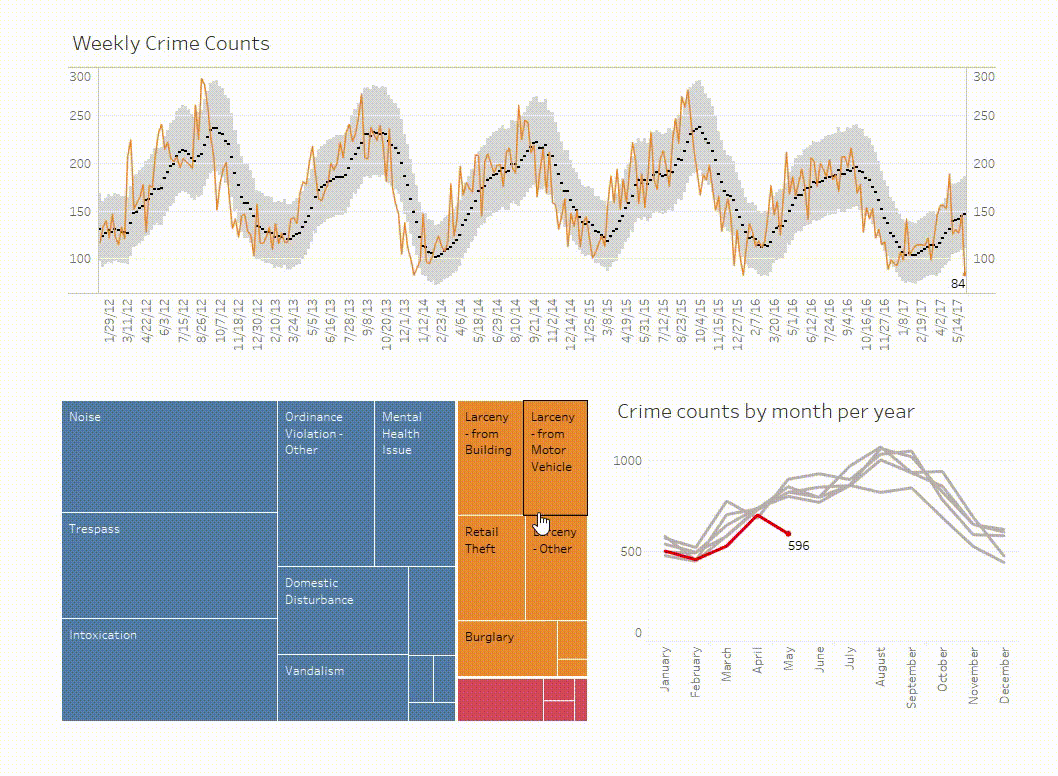GOALS AND TYPES OF CRIME ANALYSIS

THE GOALS OF CRIME ANALYSIS
CRIME ANALYSIS analysis is further defined as —“to assist the police in criminal apprehension, crime and disorder reduction, crime prevention, and evaluation” generally summarizes the purpose and goals of crime analysis. The primary purpose of crime analysis is to support (i.e., “assist”) the operations of a police department. Without police, crime analysis would not exist as it is defined here. MEANING both must compliment to find it’s worth.
FIRST GOAL: The first goal of crime analysis is to assist in criminal apprehension, given that this is a fundamental goal of the police. For instance, a detective may be investigating a robbery incident in which the perpetrator used a particular modus operandi (i.e., method of the crime). A crime analyst might assist the detective by searching a database of previous robberies for similar cases.

SECOND GOAL: Another fundamental police goal is to prevent crime through methods other than apprehension. Thus, the second goal of crime analysis is to help identify and analyze crime and disorder problems as well as to develop crime prevention responses for those problems. For example, members of a police department may wish to conduct a residential burglary prevention campaign and would like to target their resources in areas with the largest residential burglary problem. A crime analyst can assist by conducting an analysis of residential burglary to examine how, when, and where the burglaries occurred along with which items were stolen. The analyst can then use this information to develop crime prevention suggestions, (such as closing and locking garage doors) for specific areas.

Many of the problems that police deal with or are asked to solve are not criminal in nature; rather, they are related to quality of life and disorder. Some examples include false burglar (THEFT AND ROBBERY) alarms, loud noise complaints, traffic control, and neighbor disputes.
THIRD GOAL: The third goal of crime analysis stems from the police objective to reduce crime and disorder. Crime analysts can assist police with these efforts by researching and analyzing problems such as suspicious activity, noise complaints, code violations, and trespass warnings. This research can provide officers with information they can use to address these issues before they become more serious criminal problems.

LAST GOAL: The final goal of crime analysis is to help with the evaluation of police efforts by determining the level of success of programs and initiatives implemented to control and prevent crime and disorder and measuring how effectively police organizations are run. In recent years, local police agencies have become increasingly interested in determining the effectiveness of their crime control and prevention programs and initiatives. For example, an evaluation might be conducted to determine the effectiveness of a two-month theft and robbery surveillance or of a crime prevention program that has sought to implement crime prevention community oriented or problem-oriented policing or so.

CRIME ANALYST also assist police departments in evaluating internal organizational procedures, such as resource allocation (i.e., how officers are assigned to patrol areas), realignment of geographic boundaries, the forecasting of staffing needs, and the development of performance measures. Police agencies keep such procedures under constant scrutiny in order to ensure that the agencies are running effectively.
In summary, the primary objective of crime analysis is to assist the police in reducing and preventing crime and disorder. Present cutting edge policing strategies, such as hotspots policing, problem-oriented policing, disorder policing, intelligence-led policing, and CompStat management strategies, are centered on directing crime prevention and crime reduction responses based on crime analysis results. Although crime analysis is recognized today as important by both the policing and the academic communities, it is a young discipline and is still being developed. Consequently, it is necessary to provide new and experienced crime analysts with training and assistance that improves their skills and provides them examples of best practices from around the country and the world.
TYPES OF CRIME ANALYSIS
The following are five types of analysis that fall under the umbrella of crime analysis. As you will see, each contains characteristics of crime analysis in general, but each is specific in the type of data and analysis used as well as in its purpose.
[1] Intelligence Crime Analysis
The study of “organized” criminal activity, whether or not it is reported to law enforcement, to assist investigative personnel in linking people, events, and property.

The purpose of intelligence analysis is to assist sworn personnel in the identification of networks and apprehension of individuals to subsequently prevent criminal activity. Examples of data collection methods include surveillance, informants, and participant observation. In addition, the type of information is not limited to criminal information but can include telephone conversations, travel information, financial/tax information, and family and business relationships.
[2] Criminal Investigative Analysis
The study of serial criminals, victims, and/or crime scenes as well as physical, socio-demographic, psychological, and geographic characteristics to develop patterns that will assist in linking together and solving current serial criminal activity. This type of analysis has also been called “profiling,”

which is the process of constructing a “profile” of an unknown offender based on the nature of the crime, the facts of the case, and the characteristics of the victim.
This type of analysis has also been called “profiling”, which is the process of constructing a “profile” of an unknown offender based on the nature of the crime, the facts of the case, and the characteristics of the victim.
[3] Tactical Crime Analysis
This type of crime analysis looks at the short-term problem solving in order to stop what is currently taking place, for example, a crime spree. It is used to identify one perpetrator with many targets or one target with many perpetrators and provide an immediate response.

[4] Strategic Crime Analysis
This type of crime analysis looks at the long-term and on-going issues. Its focus is often on identifying areas with high crime rates and problem solving ways to decrease the overall crime rates.
This is also applied on perennial problems encountered by law enforcers in their day to day activity like traffic problem, juvenile delinquency, drugs abuse and the like.

[5] Administrative Crime Analysis
This type of crime analysis looks at the administration and deployment of police and resources and asks the question, “Are there enough police officers at the right time and place?” and then works to make the answer, “Yes.” This is not necessarily about crime but it looks at the capability of the police department to respond at the crime problems by taking a look at their resources.

DATA SOURCES FOR CRIME MAPPING
Most of the data that is used in crime mapping and analysis originates from police dispatch response centers.
When a call comes in, the incident is entered into the database. The database can then be queried. If a crime is committed, the crime goes into the crime management system. If and when a perpetrator is caught, the incident then is entered into the court database, then, if convicted, the corrections database, and then possibly, eventually the parole database. Data is drawn from all of these sources in order to identify patterns and solve crimes.
Data Information System (a sort of management information system must be established) must be available to all interested party for administrative purpose, without which crime analysis and crime mapping may fail. This is another failure of country like Philippines because data from the different pillars involve in processing a CRIMINAL CANNOT BE HARMONIZE to see to it a comprehensive INTEGRATED DATA SYSTEM.

Most importantly, the management information system must be standardized to suit the need of interfacing all the data into a server whom local, regional, national and even international body that has concern on the control and prevention of crime could properly access said data. With the established ICT (Information Communication Technology) support units in the PNP, data management system can function actively to support its crime prevention efforts.
